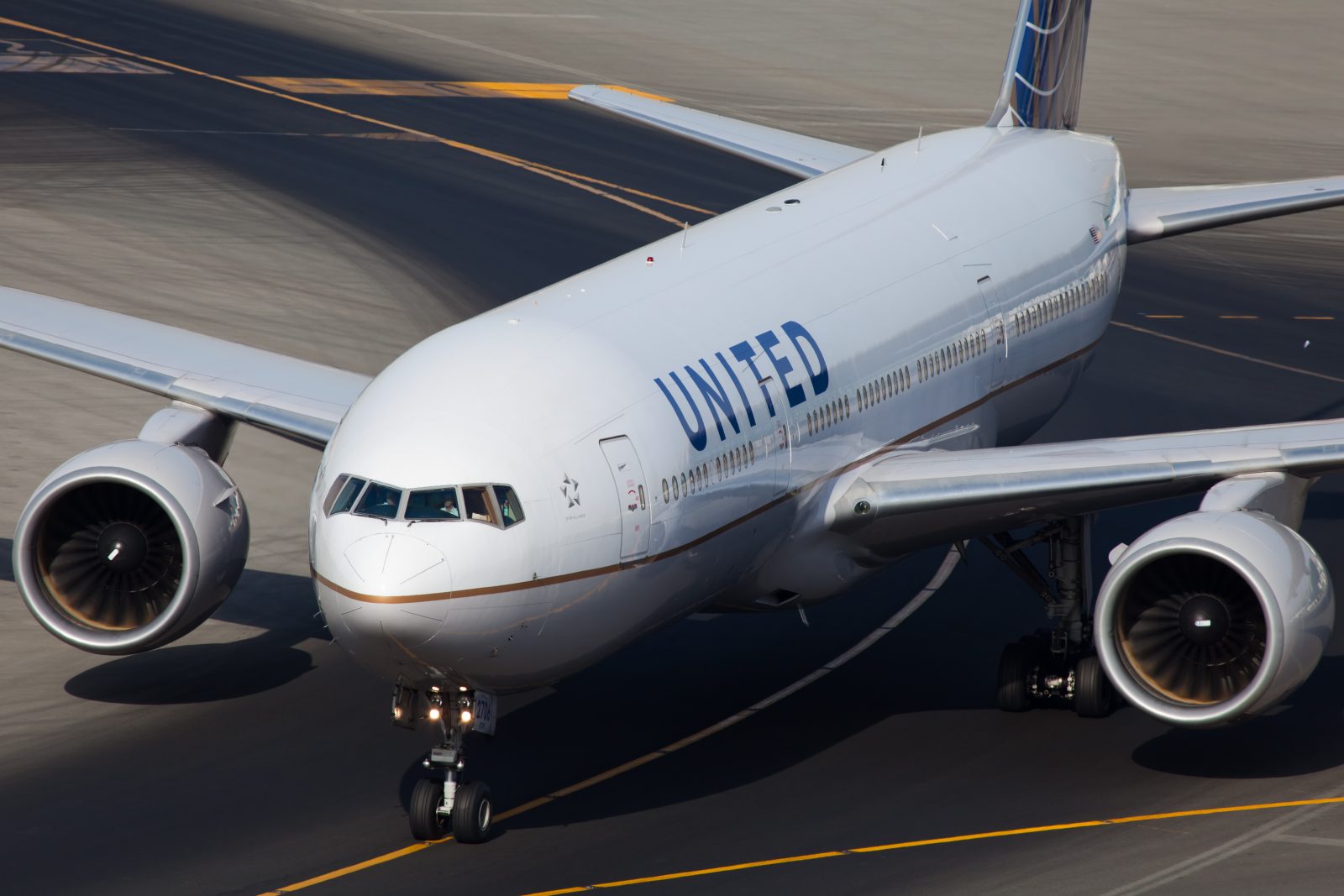
A United Airlines frequent flyer has drawn a mixed response from fellow travelers after he criticized a group of flight attendants who sat in their jumpseats for around two and a half hours on a recent flight from Tokyo Narita to Houston over fears of turbulence that never materialized.
Recounting what occurred on United Airlines flight UA6, the passenger wrote on the popular aviation forum Flyer Talk: “It was announced 20 minutes ahead of time…. and then they were asked to sit before ANY turbulence had occurred.”
“They were allowed to get up for 10 minutes and then had to sit down again. Meal service took about three hours in Polaris.”
The frustrated passenger added, “It’s getting to the point of ridiculous. You can talk about safety all you want, but there was no safety risk here. This seems to happen very frequently these days.”
It’s certainly true that airlines are taking a far more cautious approach to turbulence than they have for many years. Given the famously litigious nature of the United States, it’s probably unsurprising that US-based carriers are now taking a risk-averse approach to turbulence.
That being said, just because severe turbulence didn’t materialize during this flight, it doesn’t meant that it wasn’t forecast.
In fact, in response to the frequent flyer’s complaint, a pilot who was operating another transpacific flight from Tokyo on the same day pointed out that the weather forecasts had all warned of the risk of severe turbulence in large swathes of the Pacific flight route.
As it turned out, the turbulence didn’t end up being nearly as bad as bad been predicted, although the seatbelt signs remained on for around half of the flight across the Pacific.
Ultimately, it is the decision of the aircraft commander as to whether flight attendants should strap themselves into their jumpseats and for how long for.
However, anecdotal reports from passengers overhearing conversations between flight attendants and pilots have fed into the narrative that crew members are sometimes coercing pilots into ordering them to stay seated so as to avoid doing any inflight service.
In this case, this seems unlikely given the fact that the flight attendants should still need to complete the meal service at some point and would have to do so before they could take turns to take a break during the eleven-hour flight.
In other words, it was in the interest of the flight attendants to complete the primary meal service as quickly as possible.
It’s not just United Airlines that is requiring flight attendants to take their jumpseats more often than they have in the past. Earlier this year, Singapore Airlines amended its turbulence procedures following a fatal incident between London Heatrow and Singapore that left scores of other passengers and crew seriously injured.
As a result, Singapore Airlines now requires flight attendants to suspend meal services and strap themselves into their jumpseats whenever the seatbelt sign is switched on. Of course, the airline may have a different risk-based approach to when and for how long pilots switch on the seatbelt signs.
Earlier this week, it was also revealed that Southwest Airlines will require flight attendants to secure the cabin for landing sooner because the majority of turbulence-related accidents occur during the descent phase.
In the past, Southwest’s flight attendants would only secure the cabin when the plane was as low as 10,000 feet. From December 4, however, flight attendants will secure and take their jumpseats at the higher altitude of 18,000 feet.
Related
Mateusz Maszczynski honed his skills as an international flight attendant at the most prominent airline in the Middle East and has been flying ever since... most recently for a well known European airline. Matt is passionate about the aviation industry and has become an expert in passenger experience and human-centric stories. Always keeping an ear close to the ground, Matt's industry insights, analysis and news coverage is frequently relied upon by some of the biggest names in journalism.








Flight attendants are correct to be seated when the seat belt sign is on. If they are injured and off of work the company pays they very little. Some injuries cause years of problems. Passengers complain about the food then complain about the service, so let them stay seated and Passengers go to sleep .
I love when these “frequent fliers” think they know wayyyy more than the flight crew. Will these complainers pay the medical and disability tab when a FA DOES GET INJURED? Until that happens, shut up and be happy you are safe and sound in your cozy Polaris seat 🙄